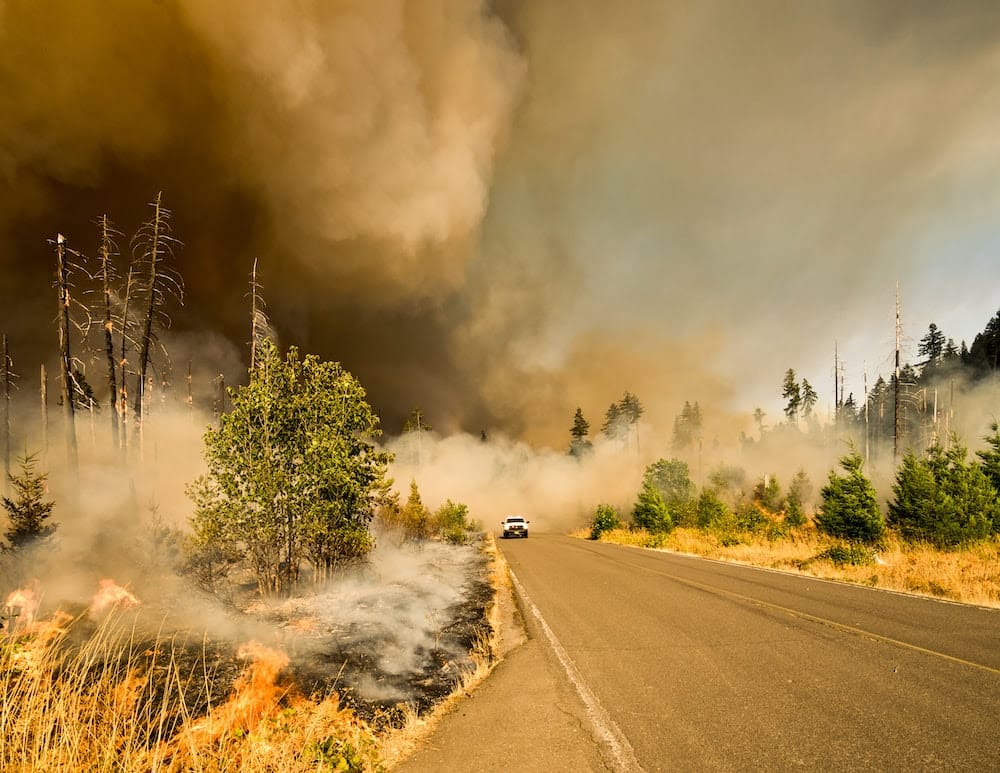
In the first half of 2023, insured losses reached a record $120 billion, well above the ten-year average ($98 billion, adjusted for inflation). The same applies to insured losses of $43 billion (previous year: $47 billion; ten-year average for half-year losses: $34 billion).
In the first place, the earthquake in Turkey and Syria was by far the most devastating natural disaster of the first half of 2023.
At the beginning of February 2023, many tremors struck southeast Turkey near the border with Syria. The two strongest quakes had magnitudes of 7.8 and 7.5 respectively, and were the strongest earthquakes in Turkey in decades.

Most buildings, roads and bridges were destroyed. Some 58,000 people lost their lives. As a result, the global number of victims of natural disasters in the first half of the year (around 62,000) was higher than at any time since 2010. Overall earthquake losses in the two countries are estimated at around $40 billion, with Syria accounting for around $5 billion.

On the North American continent, during the first half of the year, multiple series of severe thunderstorms, accompanied by destructive tornadoes and hail, led to an increase in losses. Overall losses from these storms amounted to over $35 billion, of which more than $25 billion was insured. Losses of this magnitude due to severe storms in the USA now appear to be normal events, rather than outliers. Also, the island of New Zealand was hit by two severe weather events just two weeks apart in early 2023, underlining the growing risk of weather-related perils hitting major urban centers. In particular, New Zealand’s North Island was hit back-to-back in the first quarter with severe flooding in Auckland, the country’s largest city, and the remnants of Cyclone Gabrielle. The two became the two costliest weather-related insured losses in New Zealand since 1970, with combined insured losses estimated at 2.3 billion USD.

Europe was hit hard with heavy rains in Italy and the Emilia-Romagna region, causing extensive flooding and expected insured losses of over 0.6 billion dollars, the country’s costliest weather-related event since 1970. Economic losses are estimated at 10 billion USD. With 94% of claims uninsured in Italy, the important role of insurance as a means of bridging the protection gap and helping households build financial resilience to natural disasters is becoming clear. Drought has affected the whole world, with the USA, northwest China and Southern Europe becoming heatwave hotspots this year. In Southern Europe, dry weather conditions and strong winds have aggravated forest fires (probably caused by human activity) on many Greek islands, as well as in Italy and Algeria, although it is still too early to estimate the damage in terms of economic and insured losses.




